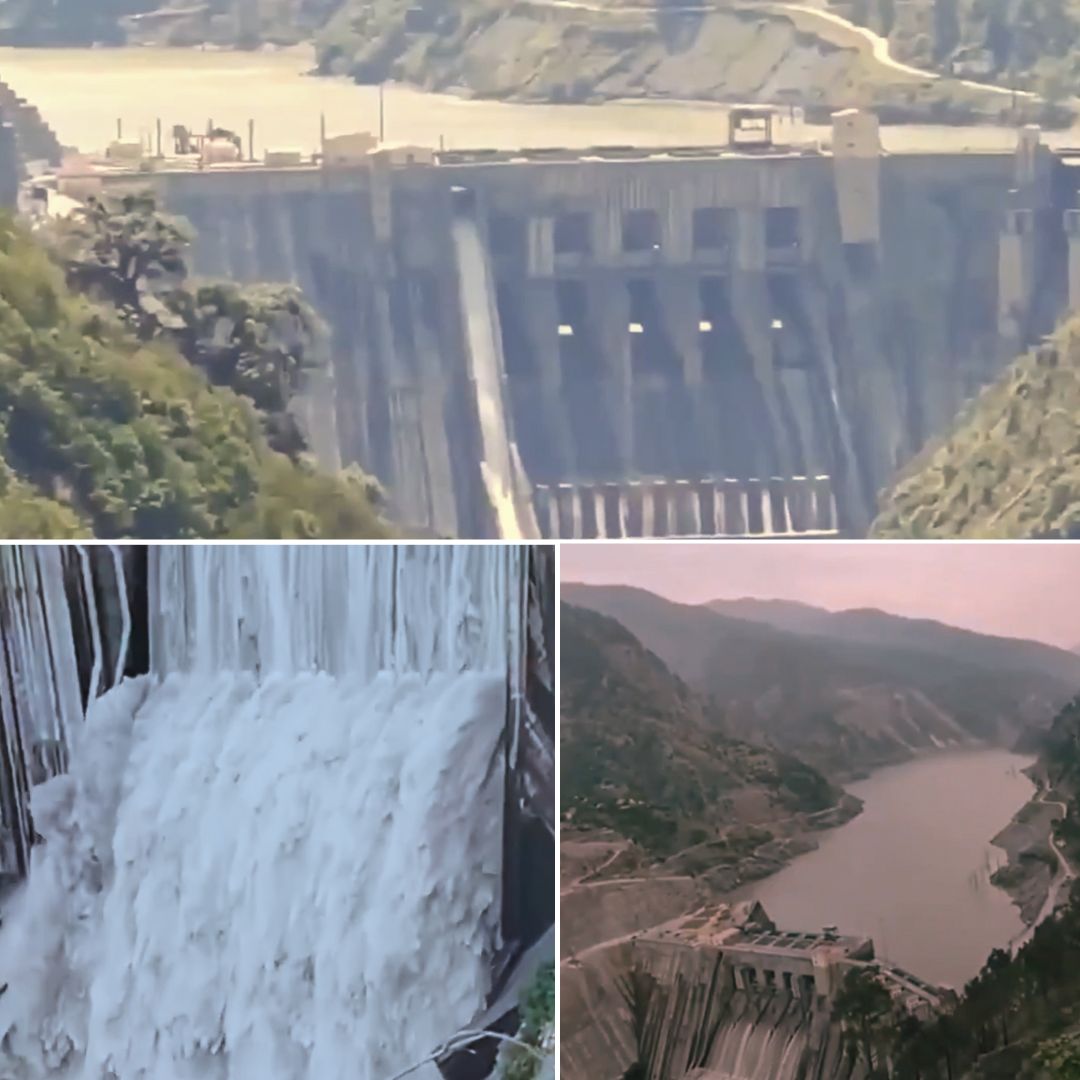Following the suspension of the Indus Waters Treaty, India has commenced reservoir flushing and maintenance work at the Baglihar and Salal hydroelectric projects on the Chenab River in Jammu and Kashmir, reducing downstream water flow to Pakistan by nearly 90%.
These operations, initiated on May 1 without prior notification to Pakistan, aim to boost reservoir holding capacity and improve power generation efficiency. This unprecedented move comes amid escalating tensions after the April 22 Pahalgam terror attack and Pakistan’s recent ballistic missile test.
Similar maintenance is planned for the Kishanganga dam, signalling a strategic shift in India’s management of shared water resources amid deteriorating bilateral relations.
Strategic Reservoir Enhancement and Water Flow Management
The Baglihar dam, a 900 MW run-of-the-river hydroelectric project in Ramban district, and the Salal dam, with 690 MW capacity, have undergone flushing operations to clear sediment deposits that had reduced their storage and operational efficiency.
This process involves near-emptying reservoirs and closing adjustable gates, temporarily disrupting the natural flow of the Chenab River downstream. India’s National Hydroelectric Power Corporation (NHPC) confirmed these maintenance activities are critical to increasing reservoir holding capacity, thereby enabling better water regulation and enhanced power generation.
However, India’s decision to carry out these operations without informing Pakistan marks a significant departure from the cooperative spirit of the Indus Waters Treaty, which mandates prior notification and consultation. Pakistan has condemned the move as a violation and a deliberate attempt to exert pressure in the ongoing geopolitical dispute.
Background: Treaty Suspension and Accelerated Hydropower Development
The Indus Waters Treaty, brokered in 1960 under World Bank auspices, has long been a rare example of cooperation between India and Pakistan despite multiple conflicts. Under the treaty, Pakistan controls the western rivers, including the Chenab, while India has limited non-consumptive rights such as hydropower generation.
Following the deadly Pahalgam terror attack and Pakistan’s ballistic missile test, India suspended the treaty last month, citing Pakistan’s failure to curb cross-border terrorism. Since then, India has accelerated construction and operational efficiency improvements at several hydropower projects in Jammu and Kashmir, including Pakal Dul, Kiru, Kwar, and Ratle, expected to add over 3,000 MW of power by 2027-28.
The reservoir flushing and gate closures at Baglihar and Salal are the first visible steps in this new assertive approach to managing shared water resources, signalling a shift from treaty-based diplomacy to strategic resource control.
The Logical Indian’s Perspective
While India’s sovereign right to manage its natural resources and ensure national security is unquestionable, using vital water resources as a tool of retaliation risks deepening mistrust and hardship for millions dependent on these rivers for agriculture, drinking water, and livelihoods.
The Indus Waters Treaty, despite its challenges, has historically served as a rare platform for dialogue and cooperation between two adversaries.
The Logical Indian urges both nations to prioritise empathy, dialogue, and peaceful conflict resolution to transform shared water resources into instruments of harmony rather than hostility. As tensions rise and water becomes a contested resource, how can India and Pakistan rebuild trust and collaboratively manage these rivers to ensure peace, prosperity, and coexistence for their people?











